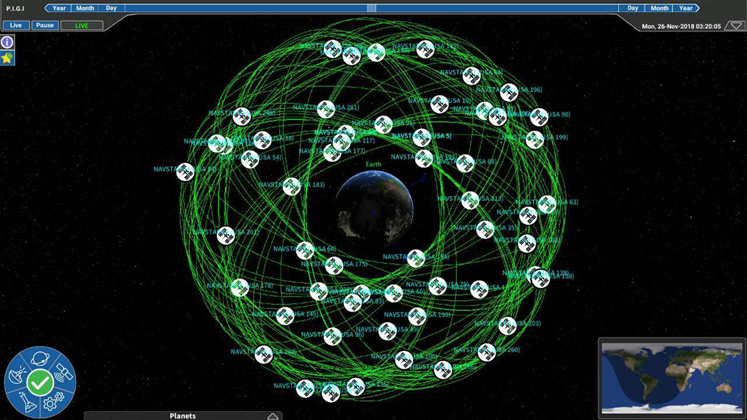The ARC Training Centre for Cubesats, UAVs and their Applications (CUAVA) has partnered with Saber Astronautics for flight software and mission control support for its first miniature satellite.

CUAVA, based at the University of Sydney, recently unveiled plans to launch its cubesats from the International Space Station.
The research centre has now revealed Saber Astronautics will provide three months of continual spacecraft operations for its CUAVA-1 minisat from its dual mission control centres in Sydney and Boulder, Colorado (dubbed Nightwatch and Daywatch respectively).
Saber will also support CUAVA and its partners by providing training on new methods of space operations.
The space operations company has previously partnered with Manly’s 4 Pines Brewing Company to develop ‘Vostok space beer,’ a combination beer and bespoke bottle designed to overcome the physical and physiological challenges of drinking beer in the microgravity of space. The project has since been put on ice after failing to secure adequate funding.
CUAVA director, Professor Iver Cairns, said the centre and Saber will develop spacecraft control, data management and ground-station solutions that link to the CUAVA’s spacecraft software.
“This could also provide a template for many future Australian space projects,” Cairns said.
“It is an example of two Australian entities coming together to develop an Australian solution to a global problem.”
The teams also hope the project will contribute to a standardised set of operations for Australian and international spacecraft, with Saber’s lead avionics engineer Andreas Antoniades inviting amateur radio operators from around the world to “tune in and receive data from CUAVA-1”.
“Our infrastructure will allow for maximum international engagement and increases the chances for successful downlink, particularly in the first few days of launch,” Antoniades said.
The cubesat will transmit data from a range of instruments, including remote sensing data, GPS, space communications systems, and space environment sensors.


.png&h=140&w=231&c=1&s=0)







 iTnews Executive Retreat - Security Leaders Edition
iTnews Executive Retreat - Security Leaders Edition












_(1).jpg&h=140&w=231&c=1&s=0)



